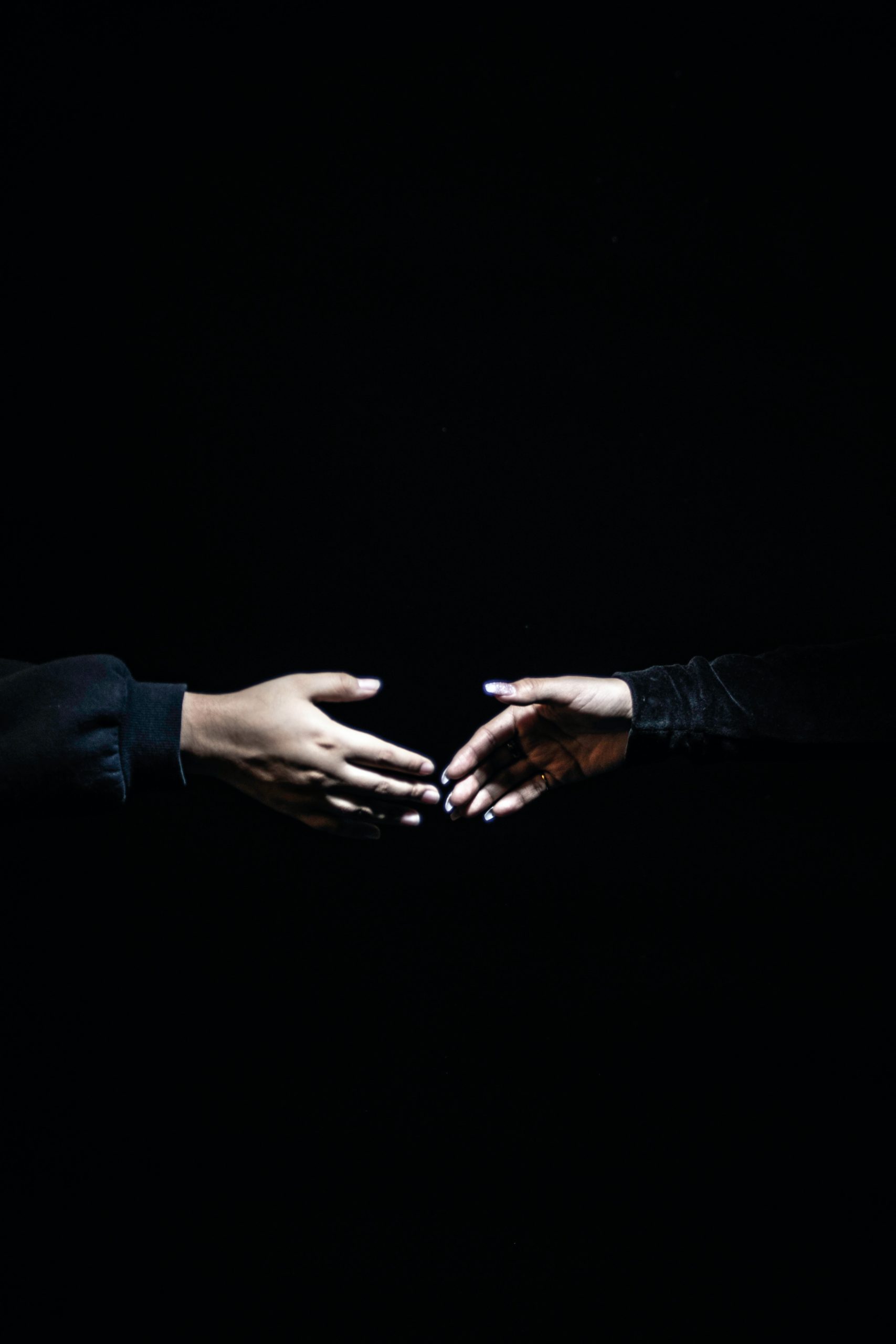I saw the final installment of Peter Jackson’s Hobbit trilogy. Apparently (according to the credits), it is based on a novel by JRR Tolkien called The Hobbit. I have read a book called The Hobbit by JRR Tolkien many times, but I’m struggling to find the connection. I can only conclude that Peter Jackson and all of the others who were involved with this film either did not read the book or there is another book out there called The Hobbit by JRR Tolkien with which I am unfamiliar. If anyone knows which of those is the case, please let me know.
Anyway, seeing this movie got me to thinking about aesthetics, an area of philosophy I have long found interesting. It is an area, in my opinion, that is not taken seriously enough in the academy. In particular, I have always been fascinated with remakes. When I watch Romeo and Juliet and then watch West Side Story, in what way am I watching the same thing? In what way am I watching different things? Exploring these questions will teach us a lot about identity and meaning, among other things.
There is a long history in the arts of recycling. There has never been a definitive Pieta or Annunciation. These sculptures and paintings have been done over and over again by many different artists. Composers have long used folk melodies in their works and paid tribute to other composers by using their themes. Brahms has an excellent piece known as Variation on a Theme by Haydn and Shostakovich used Rossini’s William Tell Overture in his 15th Symphony. I can’t even count how many vampires have been put on film. Fairly recently, however, people’s views seem to have changed. Remakes and sequels are more common than ever, but people tend to see them differently than before.
On the one hand, people get very protective of their preferred version of something. I suppose that is what I was doing in the first paragraph of this piece. People get legitimately upset that Kid Rock would do a hybrid of “Werewolves in London” and “Sweet Home Alabama”*. People were furious over a shot for shot remake of Psycho, especially because it was in color the second time. People were even mad at Bob Dylan for painting based on photographs rather than using models.
On the other hand, there are people that see these remakes as a way for artists to put their own stamp on a canonical character, song or story. They are no longer stand alone pieces, but part of a continuum. People loved Christopher Nolan’s Batman reboot. No one is sorry that Jimi Hendrix changed “All Along the Watchtower”. While this might seem like a description of the old ways, it is different. In the reboot view, the new version directly impacts the old version. It’s not enough that JJ Abrams made a couple of bad Star Trek movies. That had been done before (Star Trek V anyone?). These movies were made into canon. People spent time talking about alternate timelines and how both Into Darkness and Wrath of Kahn are part of the Star Trek universe. What would have been just a bad movie years ago is now forced on all Star Trek fans and has to be dealt with.
While I prefer the old way (which is weird for me), I don’t think either of the new ways are wrong. I appreciate the fact that the change basically comes down to a new way of consuming art. In general, people are much more savvy than ever before in their aesthetic consumption. It’s refreshing that people recognize Hitchcock’s Psycho as a work of genius. Frankly, prior to the 20th century, it was unlikely normal people would have been familiar with multiple versions of artistic works. There’s a good chance that if everyone knew Michelangelo’s Pieta from St. Peter’s, they would have been scornful of whatever version happened to be at their local church. We live in a world where everyone can know Alfred Hitchcock and it turns out that most directors aren’t as good.
I also appreciate the fact that part of the aesthetic experience is living with, or even in, the work of art. Anyone my age knows that half the fun of going to see Star Wars was coming home and playing Star Wars. Anyone who knows a young girl has seen the same thing with Frozen. Because of this, artists need to be aware of how their new editions will affect the fans of the originals. If Star Wars and Frozen are real for the fans, if the fans are truly invested, artists are constrained. I think this is where the reboot concept came from. It was once taken for granted that each new movie, story or song was specific. Now, it is taken for granted that it is connected. Announcing something as a reboot gives the artist some freedom back. It announces that while Christopher Nolan is working with the same source material as Tim Burton, he is not beholden to Tim Burton’s vision.
There are complications with both of these views nicely illustrated by Star Wars. When people get attached to a specific work of art as definitive, they start hating George Lucas. We spent countless hours with Han Solo. We like Han Solo. We admire Han Solo. Then, twenty years later, Lucas comes along and tells us that the character we have spent so much time with, the one we like and admire, was actually a different guy. He didn’t start out a scoundrel and grow and change into a hero. He was a hero all along and Greedo shot first. And, by the way, your dog isn’t living on a farm, he’s dead. This is a legitimate complaint. However, this is also horribly constricting for an artist. George Lucas created Star Wars. It’s not his fault his vision conflicts with the fans’ vision. If artists rely on the audience too much, we get the happy ending of “Return of the Native”. Servicing the fans will never satisfy them and it will compromise the end product.
This gets us back, finally, to what I mentioned at the beginning. Thinking about aesthetics gives us insight into identity and meaning and these need to be our guides when it comes to questions of remakes and reboots. JJ Abrams should have asked himself what makes Star Trek special. He should have wondered what makes it Star Trek, because he missed it completely. The continuity of story from Kirk to Picard to Sisko to Janeway is huge. By abandoning that, he made a gigantic mistake. The world of Middle Earth is defined by its characters. Peter Jackson missed that. He seems to think that it is defined by incredible fight sequences. But, by having Sam leave Frodo alone with Gollum in the third Lord of the Rings movie and by having Kili prioritize his feelings for an Elf over his loyalty to Thorin in the Hobbit, it ruined any chance either trilogy had of working. In contrast, Bernstein, Sondheim and Robbins understood exactly what made Romeo and Juliet work. They were able to change a play set in Italy hundreds of years ago to a musical set in 20th century New York and make it work. They knew that the themes of love, loyalty and prejudice were the keys.
Remakes and reboots are still fertile ground for making artistic statements. I just wish the artists involved would think more carefully about it. If they are going to change something fundamental, they should make something original. Remakes and reboots carry additional responsibilities. They are tied to, and commenting, on someone else’s vision. If they stomp all over that vision, it is just insulting to any fans of the original.
__________________________________________________________________________________________________
* This is weird since they are the exact same song. They were practically begging for the Kid Rock treatment.









